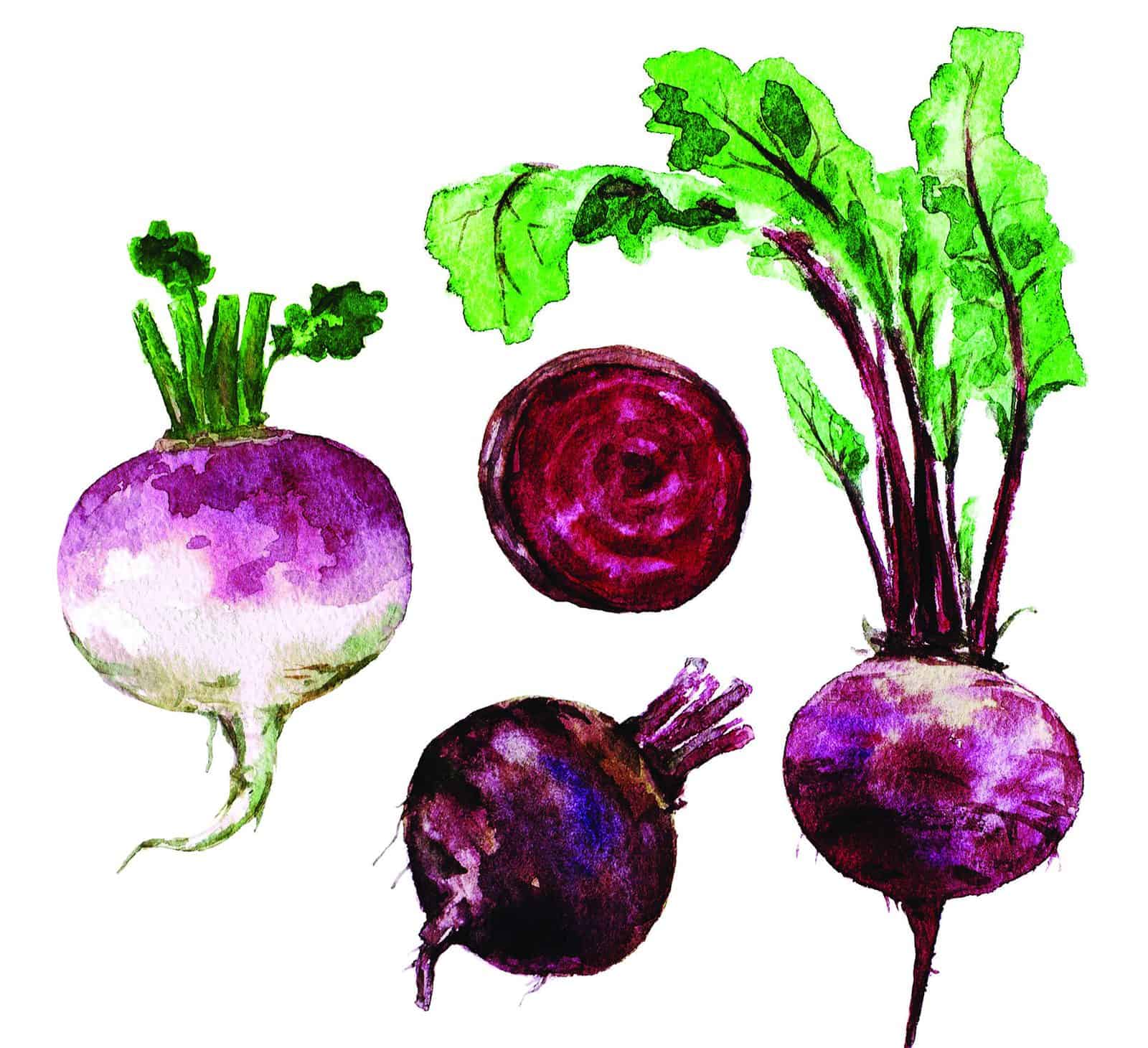
Photo by Natalia Hubbert
The average American wastes 219 pounds of food annually. That’s akin to throwing 650 medium apples, turnips, watermelon radishes, or almond-crusted cheddar cheeseballs directly into the dump.
Recycle Track Systems, a New York–based waste management company and consultancy, reported that food waste takes up more space in US landfills than any other material. According to economists, since food in the United States is more plentiful and less expensive than in other parts of the world, Americans routinely buy more than they can eat.
What produce currently languishes in your vegetable bin? Whatever it is, don’t pitch it. Pickle it and give your next cheese plate an acidic punch instead. Making a batch of quick pickles uses up stragglers left behind in the refrigerator and revives them if they’ve started to go limp, writes Lindsay-Jean Hard in her 2018 book Cooking with Scraps.
Pickling innovation is rooted in the variety of raw ingredients modern cooks have at their disposal. Most vegetables and even some fruits (unripe strawberries, sliced apples, whole kumquats) not only hold up to steeping in a flavorful brine, but are better for it. Hard suggests starting your waste-not pickling adventure in small batches. Just a jar or two is perfect for the small amount of food you’ll likely need to rescue.
The process is simple: tightly pack a wide-mouthed jar with whole cherry tomatoes, uniformly sliced carrot sticks, bite-sized cauliflower florets, halved radishes, trimmed green beans, or matchstick turnips and rutabagas (see recipe), and any herbs and spices that pair with the produce in play.
Next, make the brine from kosher salt (table salt will make it cloudy); a light-colored vinegar such as apple cider, white wine, or champagne (distilled white is too harsh); and water. The vinegar-to-water ratio should reflect how puckery you want your pickles. Hard likes hers on the tangy side and uses a 3:1 ratio. A 2:1 ratio with a bit of sugar will yield a milder bite. Regardless of the proportions, for every cup of liquid, add 1 tablespoon of kosher salt. Warm the brine, stirring to dissolve the salt and sugar, if using, and pour it into the jar over the vegetables. Cover the jar and place it in the refrigerator. You’ll have tasty pickles in two hours, but they will be even better if you let them steep overnight.
Most quick pickles will keep in the refrigerator for three weeks, ready to be a tangy complement to a whole plate of rich cheeses.
Spicy Rutabaga and Turnip Quick Pickles
Ingredients
- 2 medium turnips peeled and cut into 2-inch
- matchsticks
- 1 medium rutabaga peeled and cut into 2-inch
- matchsticks
- 6 bay leaves
- 4 dried Chile de Arbol peppers
- 1 tablespoon whole black peppercorns
- 10 ounces 1 1/4 cups champagne vinegar
- 2 tablespoons kosher salt
- 2 teaspoons demerara sugar
Instructions
- Stuff turnip and rutabaga matchsticks, bay leaves, Chile de Arbol peppers, and peppercorns into a wide-mouthed glass jar. Set aside.
- Combine vinegar, 5 ounces (half cup plus 2 tablespoons) water, salt, and sugar in a small saucepan. Bring to a simmer over medium-high heat. Stir until salt and sugar dissolve. Pour hot brine into jar over vegetables. Cover and refrigerate for at least two hours. The pickles will absorb more flavor as they sit and will keep in the refrigerator for three weeks




